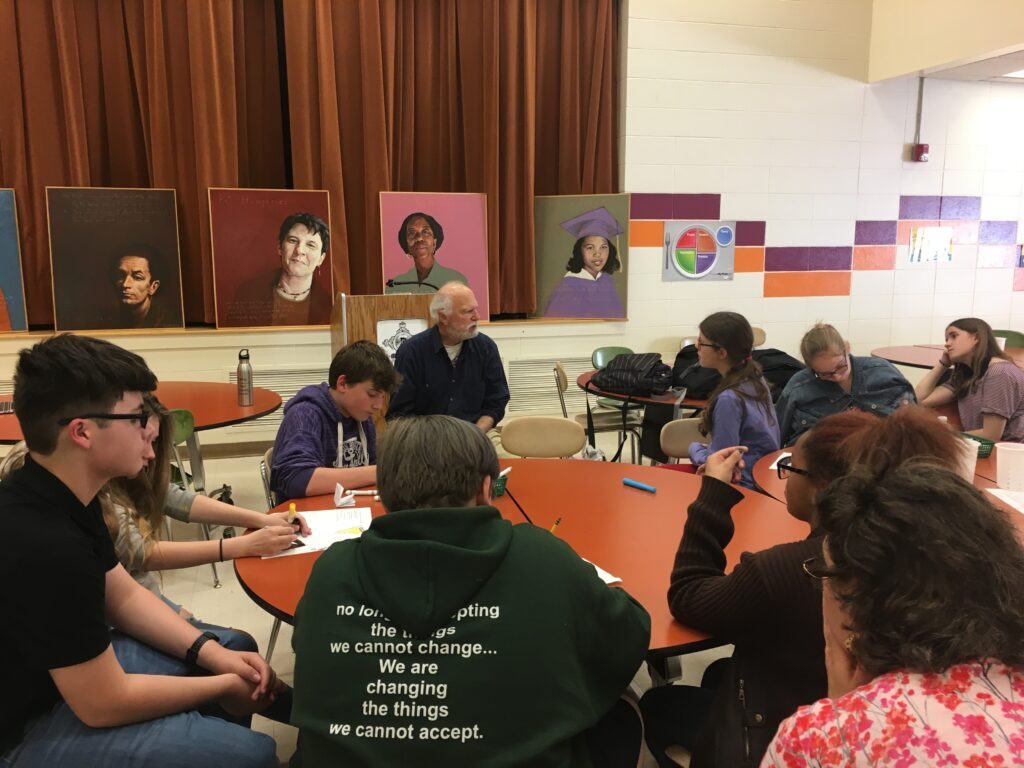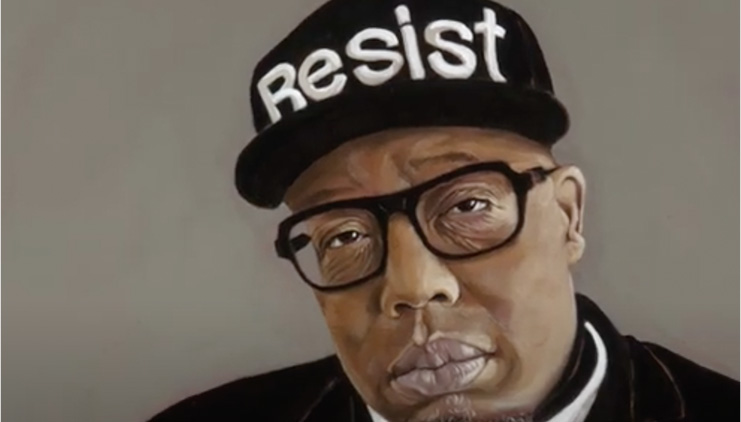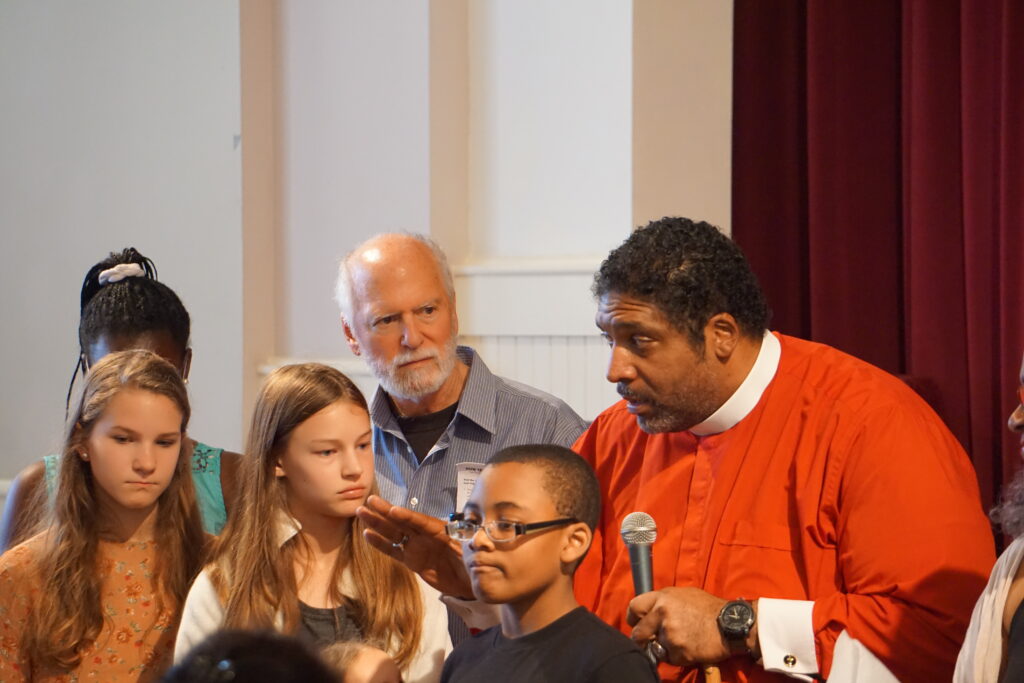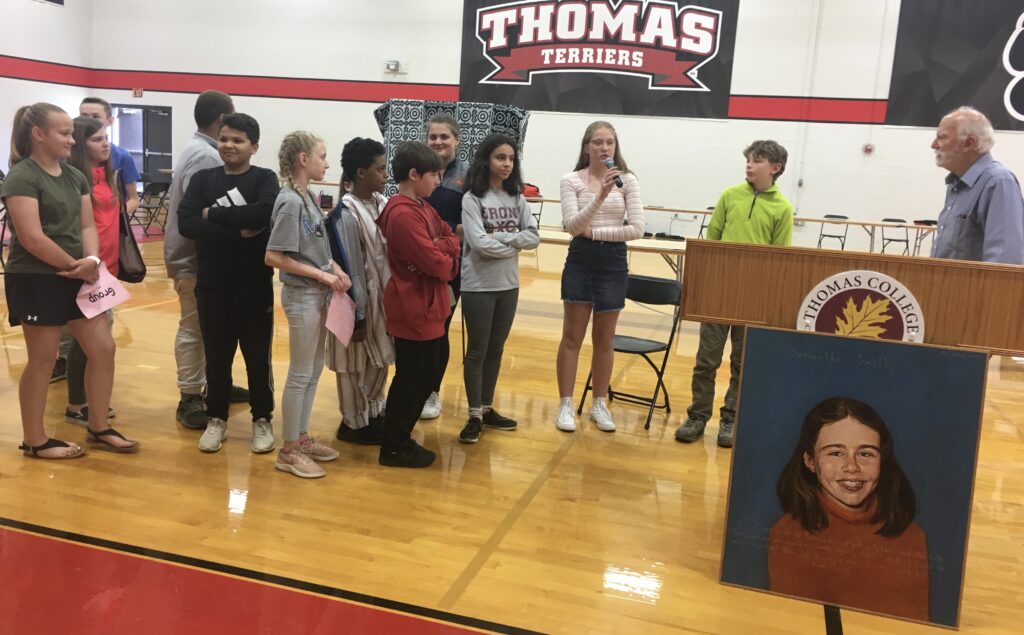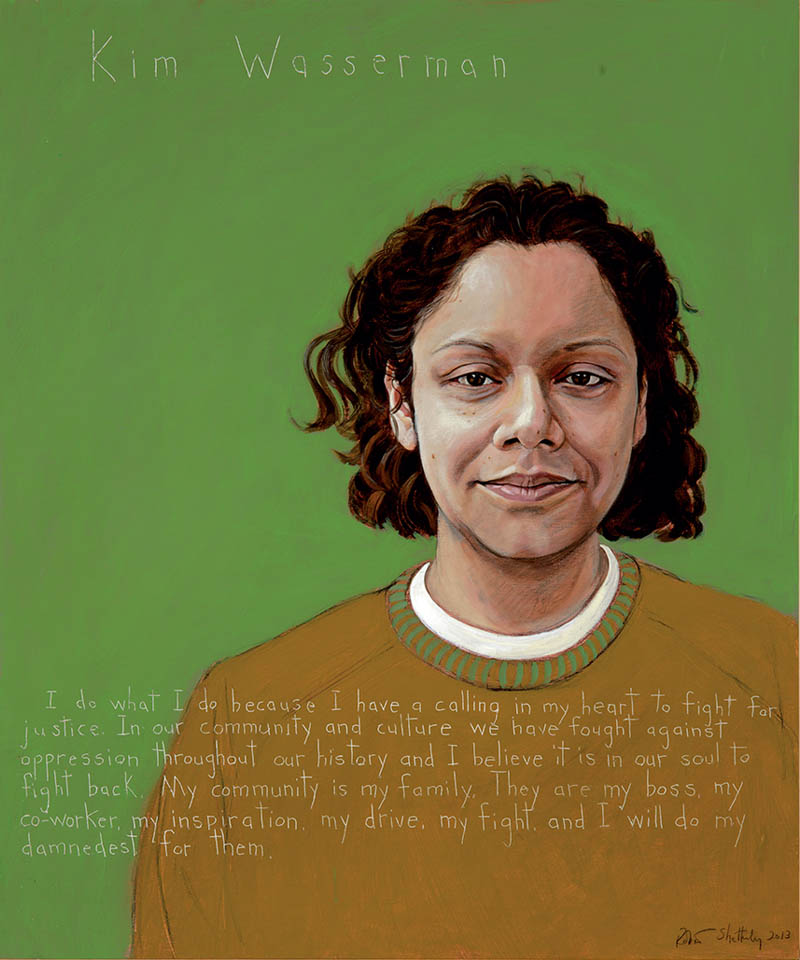Get to know Americans Who Tell the Truth AWTT portrait subjects
AWTT Lesson Plans
AWTT Lesson Plans help students
- learn about Americans Who Tell the Truth portrait subjects
- engage in finding solutions for real world problems
- connect with community and truth-telling role models
Americans Who Tell the Truth (AWTT) lessons show both how history shapes our lives and how students can be active citizens who work for the common good as they deepen their understanding of the world and move from art to action. Incorporated into the curriculum, they may be used as individual lessons or as a unit of learning activities.
AWTT lessons provide the following:
- an opportunity for teachers and students to learn about Americans Who Tell the Truth (AWTT) portrait subjects
- discovery of the values that guide AWTT portrait subjects to act as engaged and courageous citizens
- a process for building bridges between the classroom and important issues affecting students’ lives
- approaches for using the creative arts to highlight AWTT stories and actions
- ways to find and showcase truth tellers in local communities
“Through AWTT we are able to look at issues and values, freedom and democracy, human rights and public health, access to education and issues of equity, equality, sustainability, restoration and regeneration at both micro and macro levels — locally, nationally and globally — with absolutely inspiring art to boot!”
Steve Ritz
South Bronx Educator
Lesson Topics
Lesson Types
Help students identify characteristics of a truth teller and create community portrait subject list
In depth exploration of an American Who Tells the Truth portrait subject background motivation and actions
Creatively share your in depth research of one American Who Tells the Truth
Find a portrait subject s turning point create art to represent this moment the issue and your chosen truth teller Create an exhibit to showcase
Find interview and celebrate your community s truth tellers
Ask people in your community to identify their truth tellers and share your results
Give a voice to youth with the intent of using their work as a way to initiate a dialogue about diverse identities
